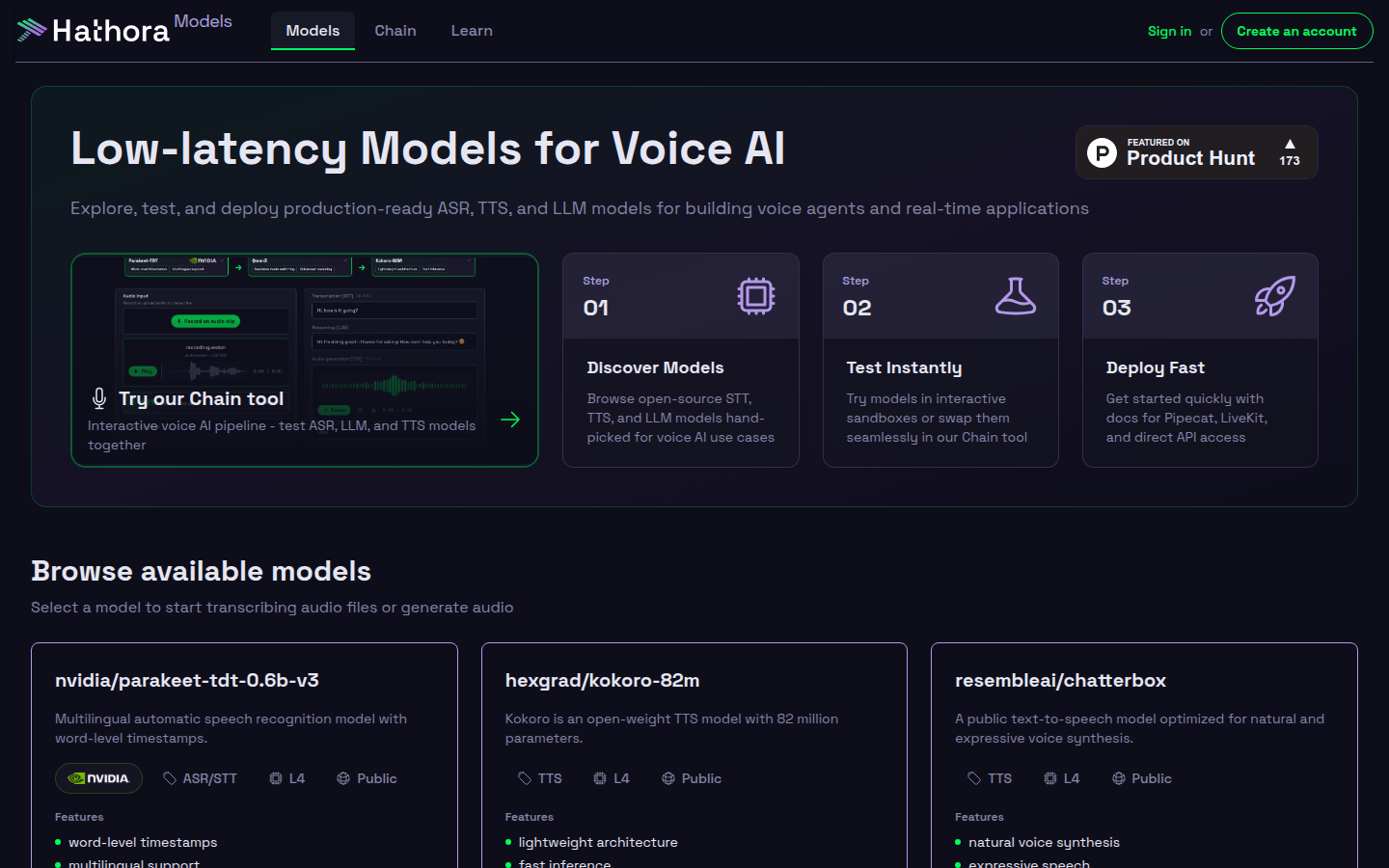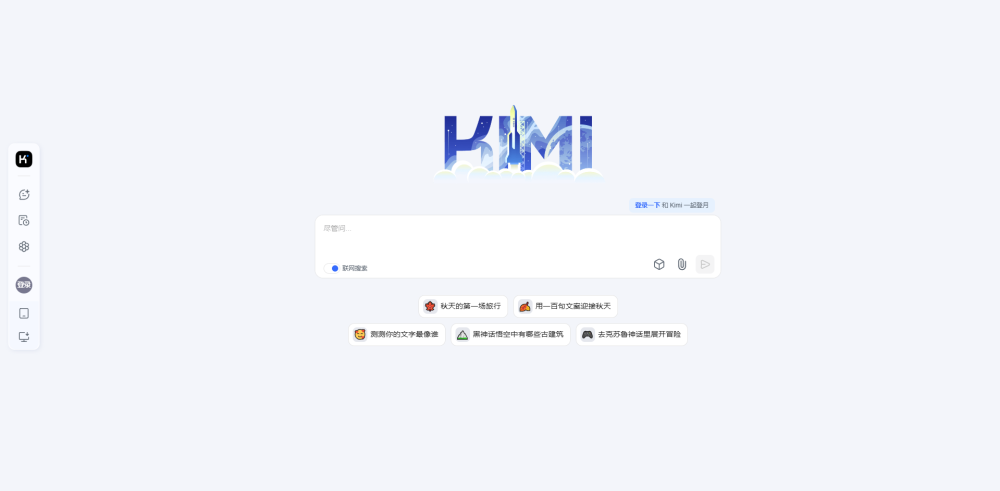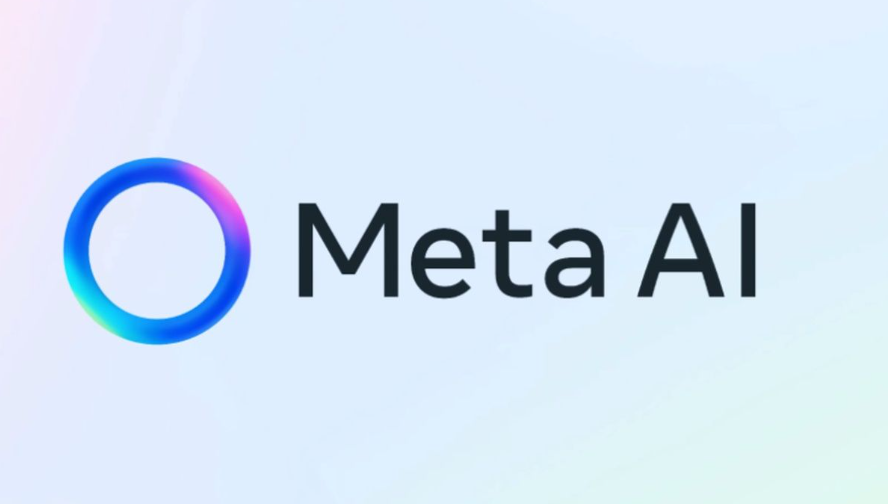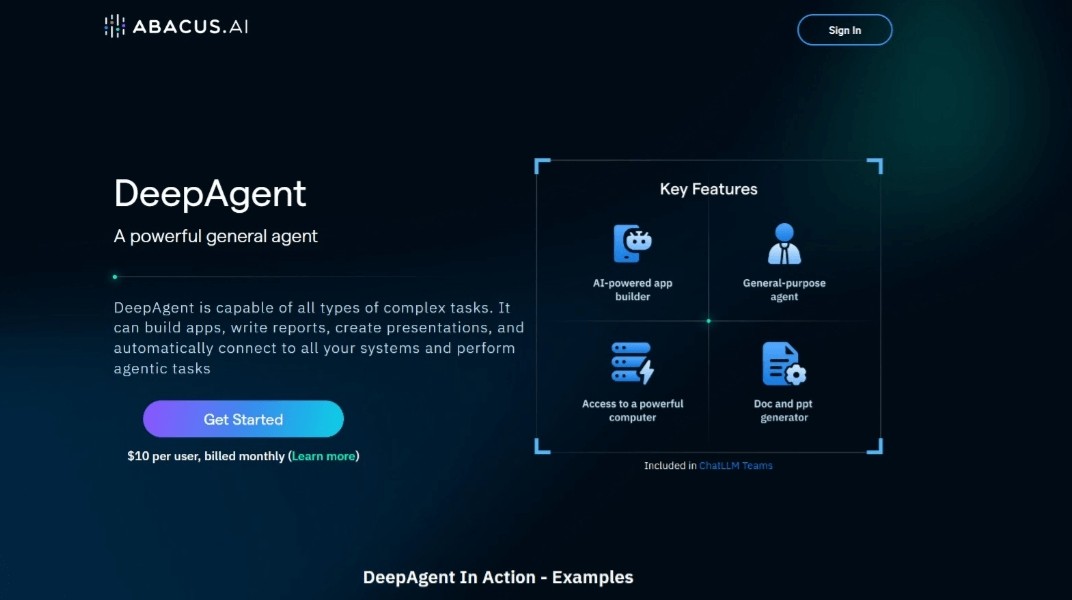
Hathora Models is a model platform focused on speech AI, providing a variety of production-ready ASR (automatic speech recognition), TTS (text-to-speech) and LLM (large language model). Its importance lies in providing developers and enterprises with convenient voice AI solutions that can be used to build voice agents and real-time applications. The main advantages of the product include low latency, high accuracy, multi-language support, etc. In terms of background information, the platform continues to expand the model catalog to meet the needs of different users. No price information was mentioned, but it is positioned as a platform serving the development and application of voice AI.
Demand group:
["Voice AI developers: The platform provides rich model selection and convenient testing and deployment tools, which can help developers quickly build and verify voice applications.", "Enterprise users: Low-latency, high-precision models can meet the needs of enterprises for real-time voice interaction and improve customer service efficiency.", "Research institutions: Multi-language support and an expanding model catalog provide researchers with more research resources."]
Example of usage scenario:
Build an intelligent voice customer service system to achieve automatic voice recognition and natural voice responses.
Develop real-time speech translation applications to support multi-language speech recognition and translation.
Create an audiobook generation tool that converts text into natural and smooth speech.
Product features:
Explore and test a variety of production-ready ASR, TTS and LLM models to help developers quickly verify the performance of the model in real applications.
Provides interactive voice AI pipeline testing tool Chain, which can test ASR, LLM and TTS models at the same time, making it convenient for developers to conduct integration testing.
Supports browsing of open source STT, TTS and LLM models carefully selected for voice AI use cases, saving developers time in finding suitable models.
Allows you to try models in the interactive sandbox or seamlessly switch models in the Chain tool to improve development efficiency.
Provides documentation and direct API access for Pipecat and LiveKit to help developers quickly deploy models.
Some models have multi-language support to meet the needs of different regions and language environments.
Some TTS models have features such as natural speech synthesis and fast reasoning, and can generate high-quality speech.
The LLM model has enhanced reasoning capabilities and multi-language support and can be used to build intelligent voice agents.
Usage tutorial:
Step 1: Visit the Hathora Models platform to browse carefully selected open source STT, TTS, and LLM models for voice AI use cases.
Step 2: Select a model of interest and test it in the interactive sandbox, or try combinations of different models in the Chain tool.
Step 3: Based on the test results, select the appropriate model for deployment. You can refer to the documentation of Pipecat and LiveKit, or use direct API access for rapid deployment.
Step 4: Use the deployed model in actual applications and adjust and optimize as needed.







